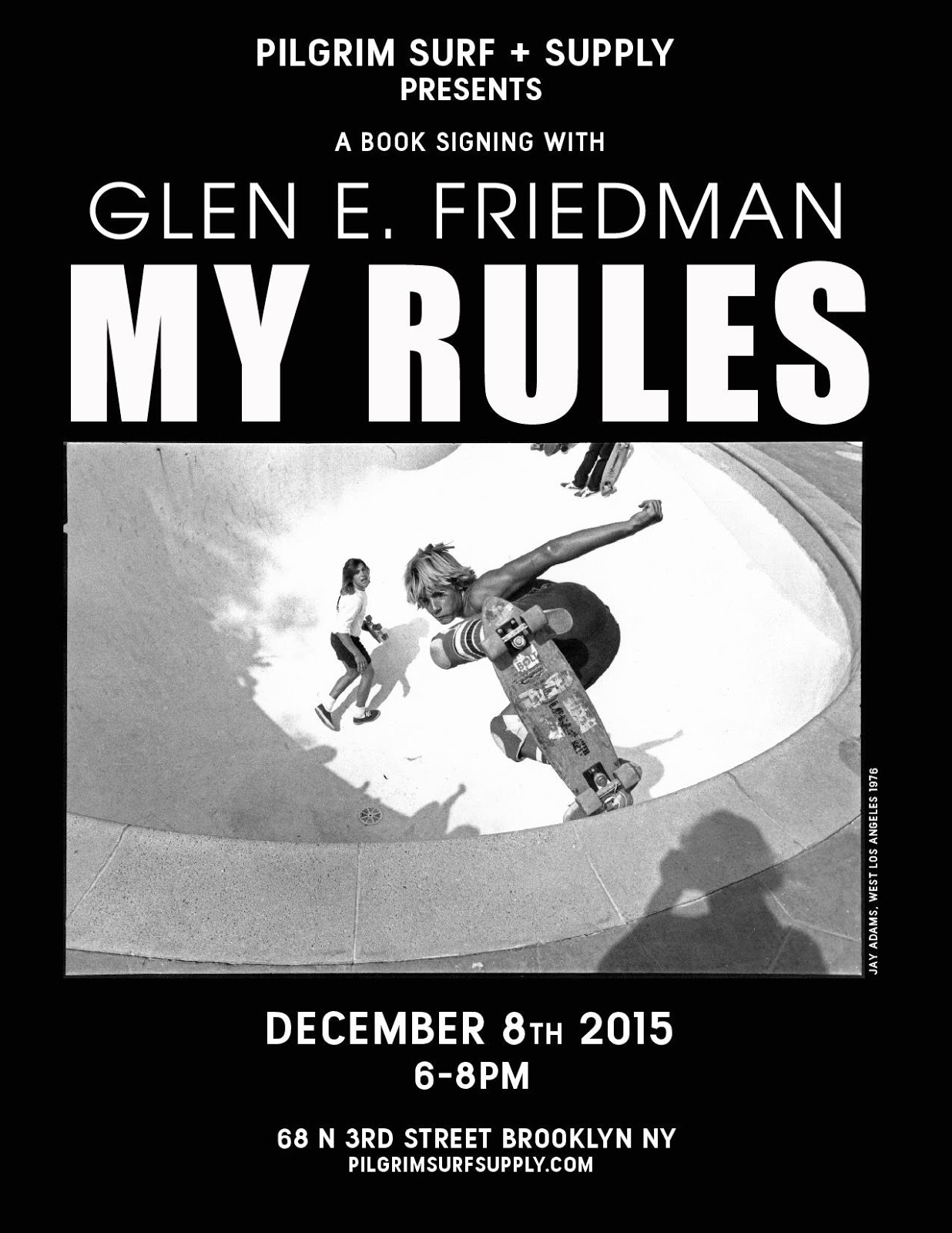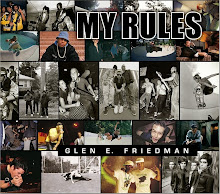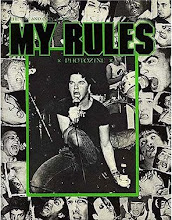
Well almost a month after I shot them, my last roll of
Kodachrome film finally came back from
the only lab on the planet that still processed the stuff, and no longer does. I was really hoping to shoot the last roll of
Jay Adams since he was the subject of my 1st published photo, but parole difficulties had him back in Hawaii. Then I hit up
Alva, who's always down to skate a secluded backyard pool, which would have been great, but he had a serious foot injury he was trying to heal while i was out west, so he couldn't be on it either. So I just headed down to the Venice skatepark made some calls on the way to one of my old best friends
Steve Olson, see if he wanted to come down with his now "famous" son who's following in the footsteps. I also spoke to the folks at
Juice magazine who mentioned the young local Haden McKenna, they have been trying to encourage to take a good path, so I kept an eye out for him, he' caught my attention briefly last year when i was out, besides I knew his father as a Marina skatepark local many years ago. So if he had a good attitude and was doing anything interesting i'd take a look through the lens and think about shooting.


When I got there Haden was already warming up (btw. you may have seen
the photos i posted last month of him from the same week while i shot him with a borrowed digital camera and got smashed in the face), got a call from Steve too, the Olson's, father and son were just a few minutes away. Got some cool stuff of the local and the old man, and even a good shot of the "kid" after harassing him about a sticker he had on the bottom of his board representing a company that stole from me, i wouldn't even point the camera in his direction until the sticker was removed, the "star" didn't take me seriously until an hour later so in the end we were both lucky i still had the last few frames I could shoot of him, including my
very last one. Here they are, with a bonus shot of Jesse Martinez,
the Godfather of the Venice Skatepark, I also shot on Kodachrome, on my second to last roll started a few days earlier.


p.s. don't be confused! Indeed this is my last Kodachrome ever, but by no means does that mean I have finished shooting on FILM, just not
that type of film anymore.
ONWARD!






























































